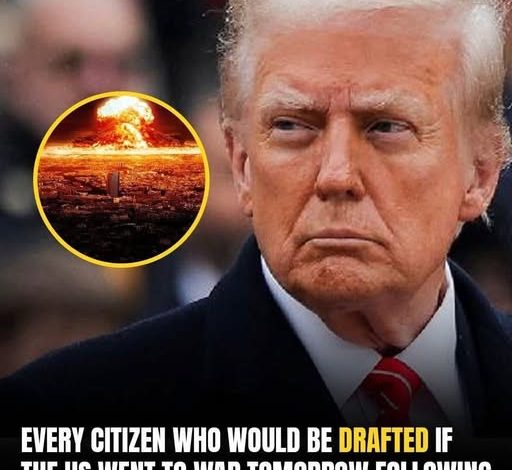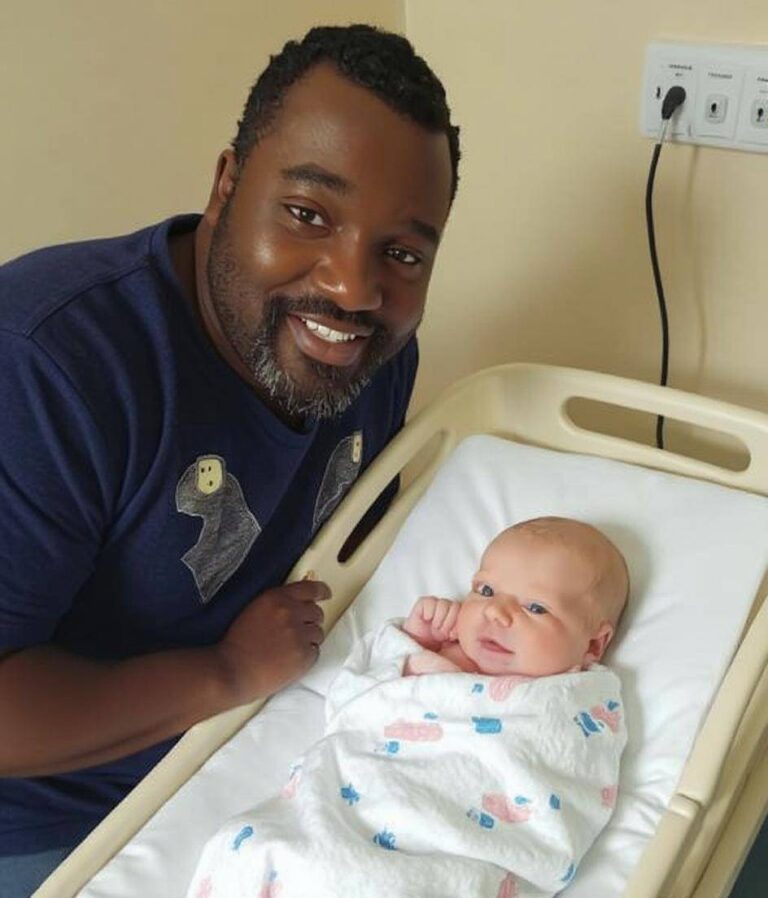
Who Could Be Drafted!
Recent unrest in the Middle East has triggered a wave of anxiety across the United States, reflected in a sharp spike in Google searches for “World War III” and “U.S. draft age limit.” These searches surged in the immediate aftermath of escalating hostilities, showing that many Americans are not only following global developments closely but are also worried about how these tensions could directly affect their lives.
The question at the forefront of many minds is simple but unnerving: if the draft were reinstated, who would be called to serve?
The United States has not had an active draft since January 1973, when the policy of military conscription was officially abolished in the wake of the Vietnam War. For more than fifty years, the nation has relied on an all-volunteer military force, leaving three generations of Americans largely unfamiliar with the mechanics of the selective service system. Yet, the system itself has never truly gone away. It remains dormant, preserved in federal law with a detailed framework that could be reactivated in the event of a national emergency.
That reality has been brought back into public consciousness as the possibility of large-scale conflict seems less hypothetical. A recent survey conducted by the Atlantic Council revealed that 69% of respondents believe a significant war between major powers could break out within the next decade, while 65% expressed concern that such a war might directly involve the United States. These numbers reflect a shift in public sentiment—a recognition that the global political landscape is unstable and that decades of relative peace for Americans at home might not last indefinitely.
Under current law, all U.S. male citizens and male immigrants aged 18 to 25 are required to register with the Selective Service System. This does not mean they will automatically be drafted, but registration ensures that, should the draft be reinstated, the government can quickly identify and call upon eligible individuals. In the event of reactivation, the process would unfold in stages: Congress would authorize conscription, the president would sign it into law, and the Selective Service would begin issuing draft notices starting with the youngest registrants.
Many Americans are unaware of these procedures. Because the draft has been absent for so long, it has slipped into the realm of historical memory, associated with black-and-white photographs from World War II or the anti-war protests of the 1960s and early 1970s. But in reality, the infrastructure is intact—updated lists, legal protocols, and a step-by-step plan that could move from law to enforcement in a matter of days if the government deemed it necessary.
The renewed interest in the draft also touches on deeper questions of public will. Would Americans today support mandatory service in the face of a global war? The Vietnam era saw deep divisions, with protests erupting nationwide over the fairness and morality of conscription. Today’s political climate is similarly polarized, and it is unclear whether a consensus could be reached. Some argue that a draft would ensure all citizens share the burden of defense equally, while others fear it would spark unrest and resistance on a scale the country hasn’t seen in decades.
What’s certain is that the conversation is no longer theoretical for many people. The combination of international instability, public concern over possible escalation, and the growing realization that the draft system could be reactivated has moved the idea from the pages of history books into the headlines of the present. For now, the selective service remains silent, a legal mechanism waiting in the shadows. But the recent surge in public interest suggests that Americans, whether prepared or not, are beginning to confront the possibility that it could roar back to life in their lifetime.




